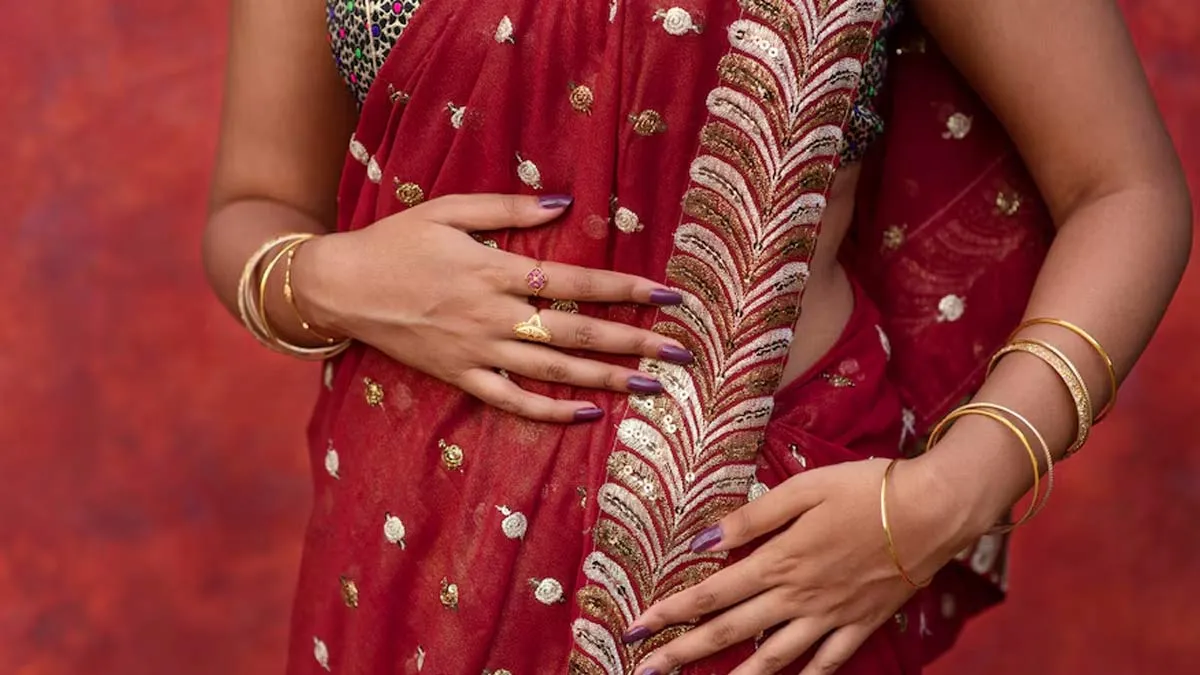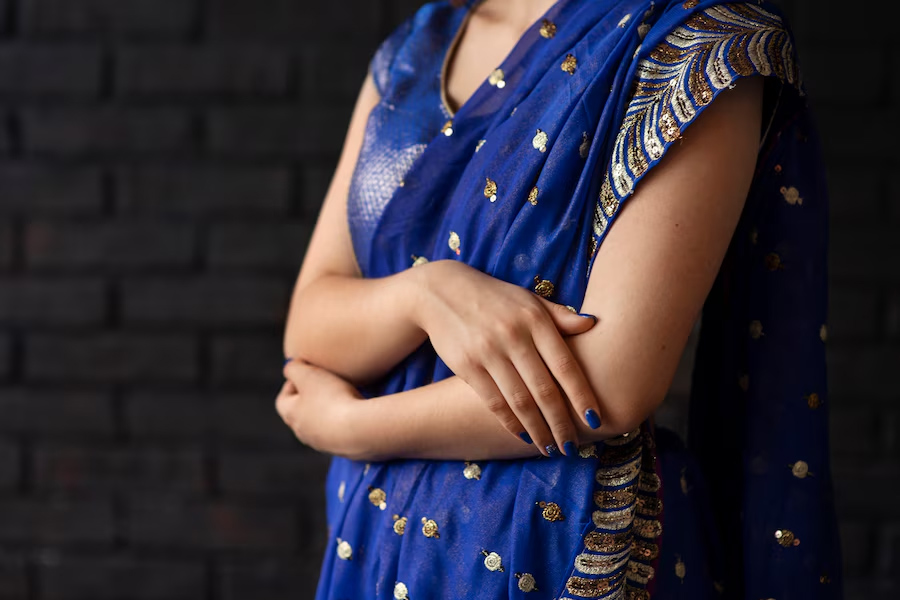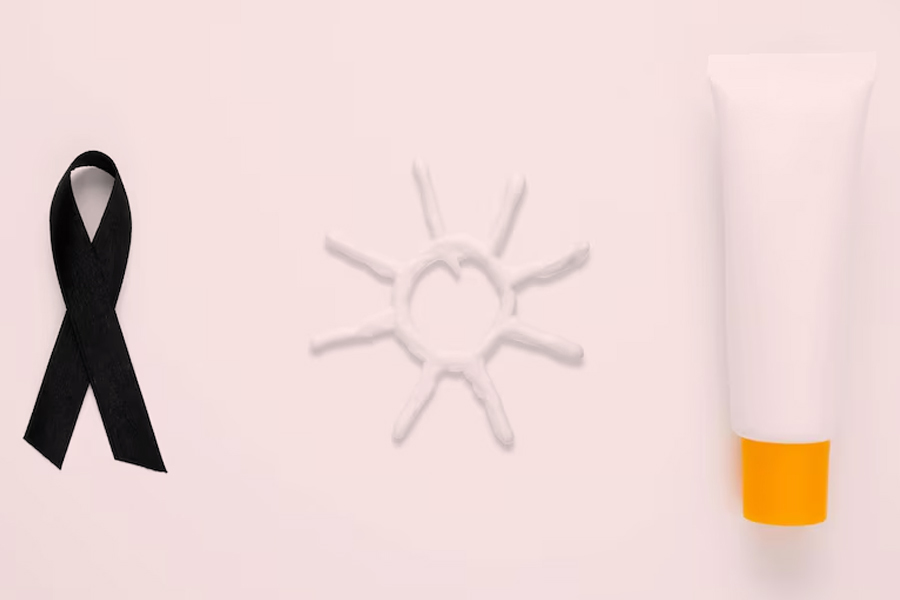
Recent research by doctors may come as a surprise, or rather shock, to many Indian women, particularly those who wear sarees. According to the study published in BMJ Case Reports, several women in India could be at risk of developing a type of skin cancer, commonly called 'petticoat cancer,' because of how they drape their sarees.
Table of Content:-
There have been multiple cases of older women developing a rare form of skin cancer after decades of wearing tightly tied sarees. In one such case, a 70-year-old woman discovered a persistent ulcer and darkened skin on her right side. Years of continuous pressure from her petticoat cord had caused extensive skin damage, ultimately leading to a diagnosis of squamous cell carcinoma.
In another case, a woman in her late 60s who wore a lugda, a traditional saree style tied directly at the waist without an underskirt, developed a similar ulcer that eventually spread to her lymph nodes.
Such case reports only hint at the prevalence of petticoat cancer, which is why it is crucial to understand what it exactly is, what causes it, symptoms to detect it early, and ways to prevent the disease.
What Is Petticoat Cancer?

Petticoat cancer, also referred to as Marjolin’s ulcers, is a type of skin cancer that develops around the waist in women who wear tightly tied saree underskirts or petticoats, causing prolonged friction and pressure on the skin.
It is a rare form of skin cancer that not only affects women who wear sarees but can also occur in individuals who wear traditional Indian clothing, such as dhotis, tightly around the waist for long periods. This constant friction and pressure can lead to skin changes like pigmentation, scaling, and ulceration, which can eventually turn into cancer, according to a 2014 study published in the Journal of Cutaneous and Aesthetic Surgery. Researchers involved in the study highlighted a case of a 68-year-old woman who was diagnosed with this condition, having two cancerous growths on her lower back. Both growths were removed surgically.
Causes Of Petticoat Cancer

According to StatPearls Publishing, Marjolin ulcers can develop due to chronic skin irritation caused by tightly tied saree underskirts or petticoats. Other causes include burn scars, traumatic wounds, pressure sores, venous ulcers, and conditions like hidradenitis suppurativa. People with weakened immune systems, due to illness or medication, are at a higher risk of the condition turning into skin cancer.
The BMJ Case Reports study points out that while this condition was previously referred to as “sari cancer,” the underlying issue is the tightness of the waist cord. Similar squamous cell carcinoma has also been observed in rural Indian men who wear dhotis tightly around their waist. The pressure on the skin often results in cutaneous atrophy, leading to skin breakdown and the formation of ulcers that do not heal due to continued irritation from tight clothing.
Over time, these non-healing ulcers can become malignant, doctors noted.
Symptoms Of Petticoat Cancer

Here are some common symptoms of petticoat cancer:
- Hyperpigmentation, or darkening, of the skin around the waist
- Skin thickening
- Rough, scaly patches on the skin
- Progression to squamous cell carcinoma
Research suggests this type of skin cancer can develop in anyone, regardless of age, sex, or ethnicity. These ulcers often form on the site of an old injury, such as a burn or chronic wound. It typically takes 30-35 years for the cancer to develop, with the average age of diagnosis being 59. Men are more likely to be affected than women, possibly due to their higher risk of burn injuries.
Also Read: American Actor James Van Der Beek Diagnosed With Colorectal Cancer; Symptoms To Look Out For
How To Prevent Petticoat Cancer
While cancer is inevitable and can occur in anyone, people can reduce their risk of petticoat cancer, or Marjolin ulcers. Here are some strategies:
- Avoid wearing tight pants or waistbands.
- Change the position of the saree's knot regularly.
- Choose soft, breathable fabrics for pyjamas.
- Practice good hygiene in the waist area.
- Conduct regular checks on the waist and skin.
- Whenever possible, opt for looser clothing.
Conclusion
Petticoat cancer can be a common occurrence among people who wear Indian traditional clothing, especially sarees and dhotis. This is because of the way these garments, or their underskirts and petticoats, are tied tightly at the waist. However, with proper methods and techniques, this type of skin cancer can be prevented. Consult a dermatologist or a doctor if you notice any signs or suspect any unusual skin changes in any parts of the body.
How we keep this article up to date:
We work with experts and keep a close eye on the latest in health and wellness. Whenever there is a new research or helpful information, we update our articles with accurate and useful advice.
Current Version
